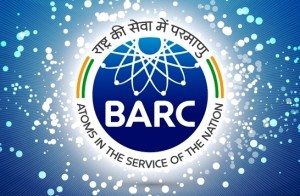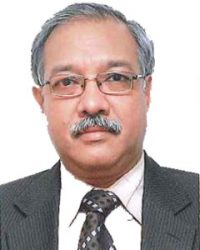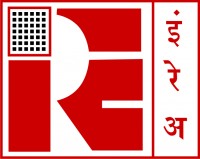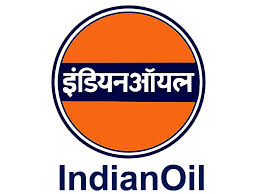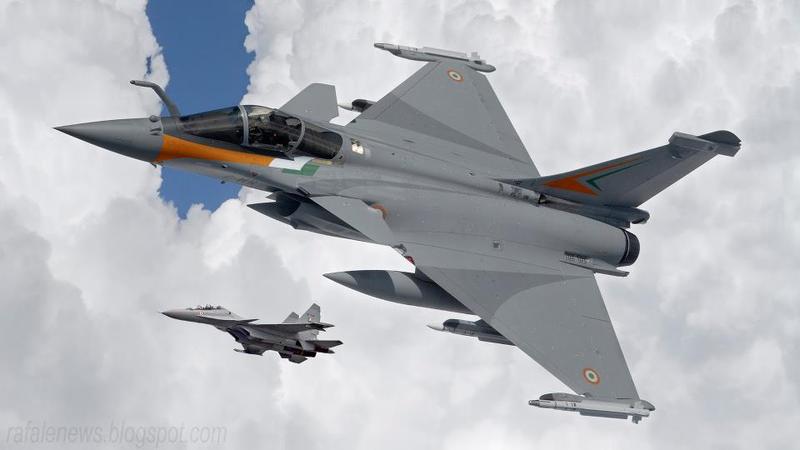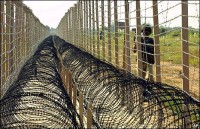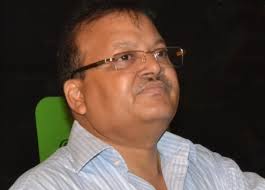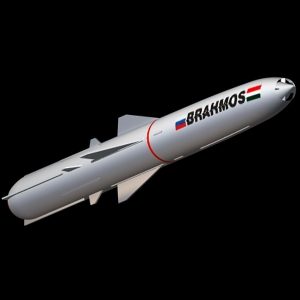Finance Minister Arun Jaitley has allocated Rs 2,250 crore for the modernisation of India’s border infrastructure, besides allocating Rs 990 crore for the socio-economic development of the villages along the borders, in his Budget proposals. This will benefit the villages in Punjab, Jammu and Kashmir and Rajasthan. The border modernisation includes the proposal for strengthening infrastructure along the India-Pakistan border. The government has earmarked Rs 300 crore for the purpose, a sharp increase when compared to an outlay of only Rs 95 crore in the Budget 2013-14 for strengthening the infrastructure along the India-Pakistan border. The border management includes barbed wire fencing, construction of roads, observation posts, installation of flood lighting and other construction activities. Another important provision is the induction of high technology surveillance on the borders along Bangladesh and Pakistan. Rs 367 crore has been allocated for building infrastructure along the India-China border for the current financial year. In the last financial year, Rs 215 crore was allocated for the purpose. In addition, the government has allocated Rs 287.70 crore for setting up border outposts along international borders manned by the Central Armed Police Forces. In the Budget 2013-14, Rs 191 crore was put aside for it. The government has allocated Rs 150 crore for coastal security, which includes setting up mobile check posts, procurement of boats and construction of marine police stations for better surveillance. In the last fiscal, the budget allocated for coastal security was Rs 70 crore. The Budget also focuses on assisting states for dealing with the Left wing extremism. Union Finance Minister Arun Jaitley in his Budget speech said, “I am also allocating adequate funds for carrying out small but much-needed developmental activities as additional central assistance for Left wing extremist-affected districts.” Presently, a total of 182 districts across 20 states are facing the problem of Left wing extremism. The government has allocated Rs 40 crore as assistance to states for Naxal management for the current financial year, as compared to the revised budget of Rs 36 crore for 2013-14. During his speech, the Finance Minister also said the modernisation of state police forces would be reviewed. “I propose to enhance the allocation from Rs 1,847 crore in the BE of 2013-14 to Rs 3,000 crore in the current financial year,” he said. The government has allocated Rs 12,169.51 crore for India’s largest paramilitary and counter-Naxal force, the Central Reserve Police Force (CRPF), for the current financial year. In contrast to this year, the revised Budget of 2013-14 for the CRPF was Rs 11,373.72 crore. The CRPF also assists the states in the maintenance of law and order. The BSF, which guards the India-Pakistan and India-Bangladesh borders, has been allocated Rs 11,242.02 crore for the current financial year, as compared Rs 10,378.77 crore in 2013-14. The ITBP, which guards the India-China border, has been allocated Rs 3082.48 crore, which is lesser than the last fiscal allocation of Rs 3124.33 crore. The Central Industrial Security Force (CISF), which protects the properties of public sector undertakings and other central and state government agencies, has got Rs 4,729.22 crore for the current financial year, as compared to Rs 4391.49 crore in 2013-14. In regard to India’s central intelligence agencies, the government has allocated Rs 101.03 crore for the National Investigation Agency (NIA), as compared to Rs 80.12 crore in the last financial year. Increase in budget for building infrastructure Rs 2,250 cr allocated to strengthen and modernise infrastructure along borders Rs 990 cr kept aside for the socio-economic development of the villages along the borders The border management includes barbed-wire fencing, construction of roads, observation posts, installation of flood lights Rs 367 crore allocated for building infrastructure along the India-China border



